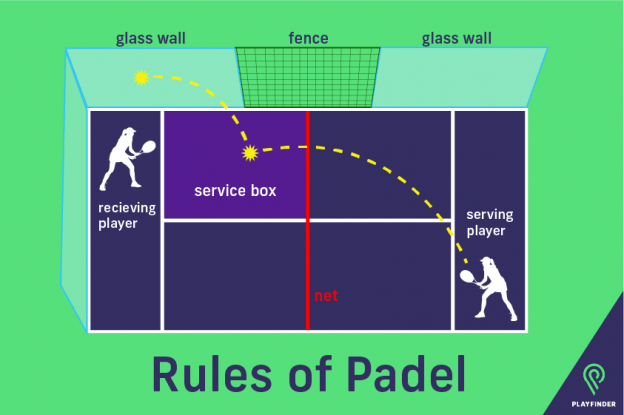Grass, Clay, Hard Tennis Courts: How Do They Differ?
12 December 2017 • By - Emilie Adib
Tennis can played on a variety of playing surfaces, with clay, grass, and hard tennis courts the most common on the professional circuit.
Each surface comes with it’s own challenges, but what makes each type of court so different to play on?
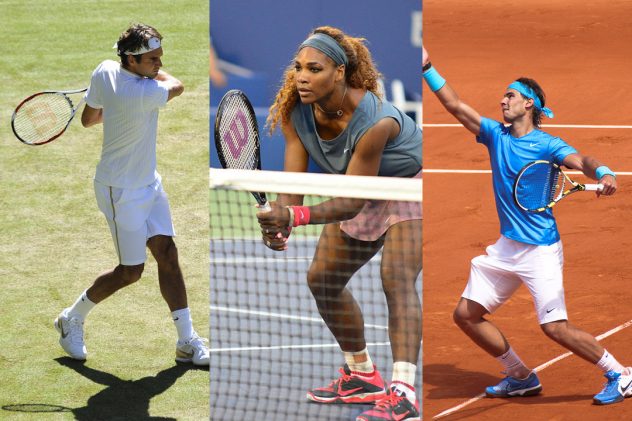
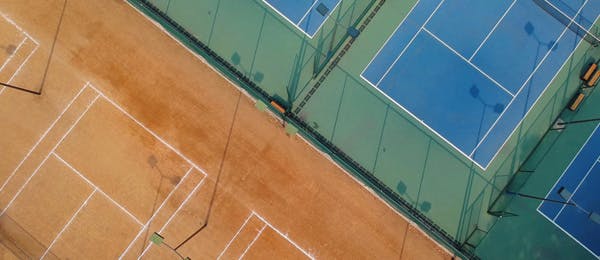
| Surface | Characteristics | Best for |
| Clay |
|
|
| Grass |
|
|
| Hard (concrete, macadam) |
|
|
Clay courts
The French Open is the only Grand Slam to be played on clay tennis courts, and with 10 titles to his name, Rafael Nadal is the King of Clay. Why does it suit him so well and hinder other like former World Number one, Pete Sampras, who never added a French Open to his 14 Grand Slam titles?
Clay is the slowest surface of the three, meaning it slows down the speed of the tennis ball and generates a higher bounce. It’s most effective for baseline players and those who use a lot of spin on the ball.
Clay courts hinder big-hitters who rely on speed to beat their opponents. Serve and volley players beware!
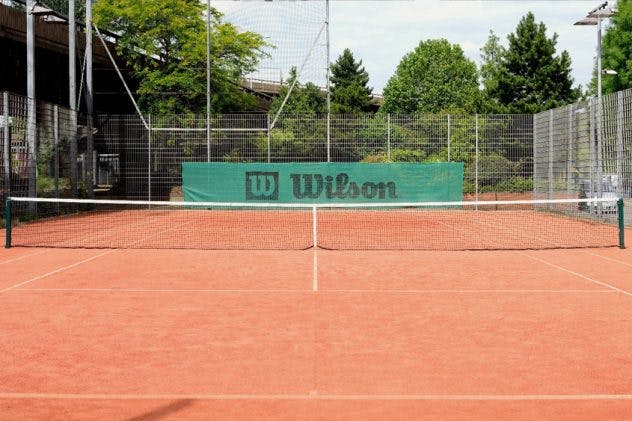
Grass courts
Grass is the polar opposite to clay in that it’s the fastest surface in tennis. The slippery surface allows the ball the generate speed, and the softness of the grass means a lower bounce, keeping the ball close to the ground.
Grass tennis courts favour big serves and players who like to play close to the net. This goes some way to explaining why serial Wimbledon winners, Roger Federer and Pete Sampras, excelled on grass rather than clay.
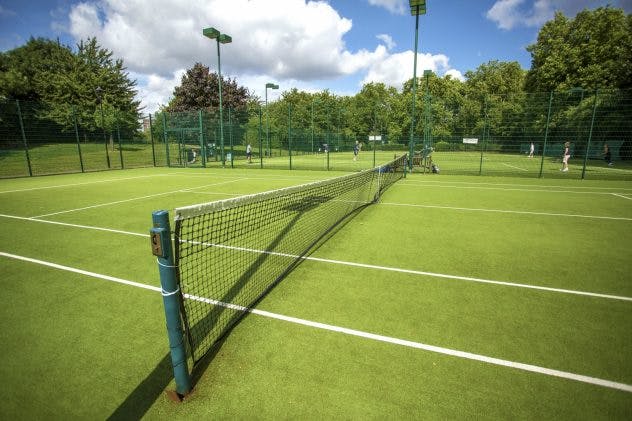
Hard courts
Often made from macadam or concrete, hard courts are the most neutral of tennis courts. In terms of speed, it’s faster than clay and slower than grass, but the bounce is a lot higher due to the harder surface.
It’s the most common surface on the professional circuit and is used at the US Open and Australian Open Grand Slams. It favours most styles of play, with the high and predictable bounce making for longer rallies.
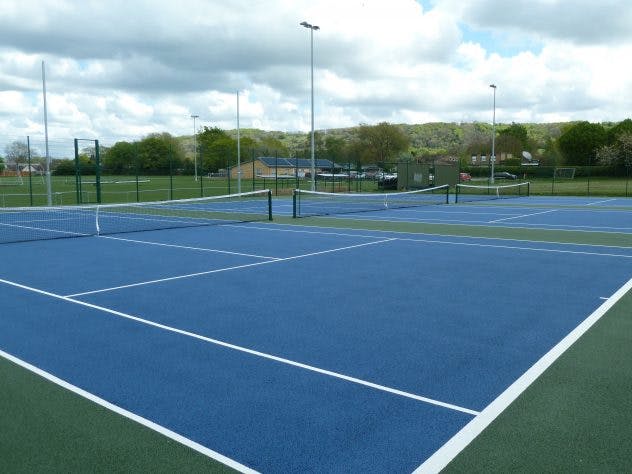
Ready to hit the court? Head to the Playfinder website where you can find tennis courts near you in London, Manchester and Dublin.
